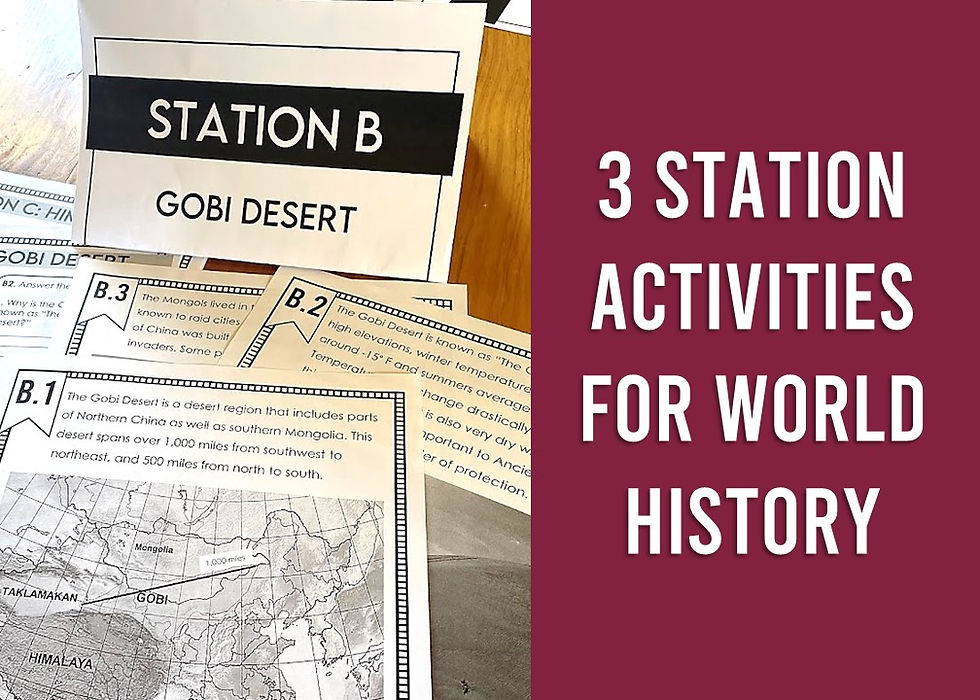Ancient Egypt Unit Through the Lens of Pharaohs and Queens
- Michelle McDonald

- Oct 18, 2019
- 2 min read
Updated: Oct 21
When studying Ancient Egypt I believe that it is important to recognize that the pharaohs and queens were instrumental in nearly every aspect of life, religion, architecture, economics, and more. When I taught Ancient Egypt to middle school students, I decided that it only made sense to learn about this subject through the lens of the pharaohs and queens.
I started with an introduction lesson on Ancient Egypt with a look at civilian life, and geography. We looked at the impact of the Nile River, Egyptian life and homes, hierarchical structure, and a general timeline to help my students conceptualize this time frame.
Next, we answered the question, “what is a pharaoh?” In order to really dive deep into our study, students needed to understand how thrones and kingdoms were passed down, the training involved in childhood, the role of pharaoh, and their preparation for burial and coronation.

From there, we focused on 10 of the most influential pharaohs and queens of Egypt. We started with a look at King Tutankhamen because historians have learned much about Ancient Egypt through the discovery of his tomb. We then focused on Queen Cleopatra with a look at her sibling rivalry, her relationship with Julius Caesar and later Marc Antony.
Throughout this study, we looked at how Egyptian pharaohs and queens impacted civilian life, their influences in architecture, various accomplishments, changes in religious practices, and sometimes conspiracies behind their time as ruler.
In total we covered:
1. King Tutankhamen
2. Cleopatra VII
3. Ramses II
4. Ramses III
5. Queen Hatsheput
6. Akhenaton
7. Khufu
8. Djoser
9. Thutmose III
10. Amenhotep III
By the end of the unit, students had a well-rounded understanding of all things Ancient Egypt.
You can check out all the details of the various aspects of this Ancient Egypt Unit by following the links below:












Comments